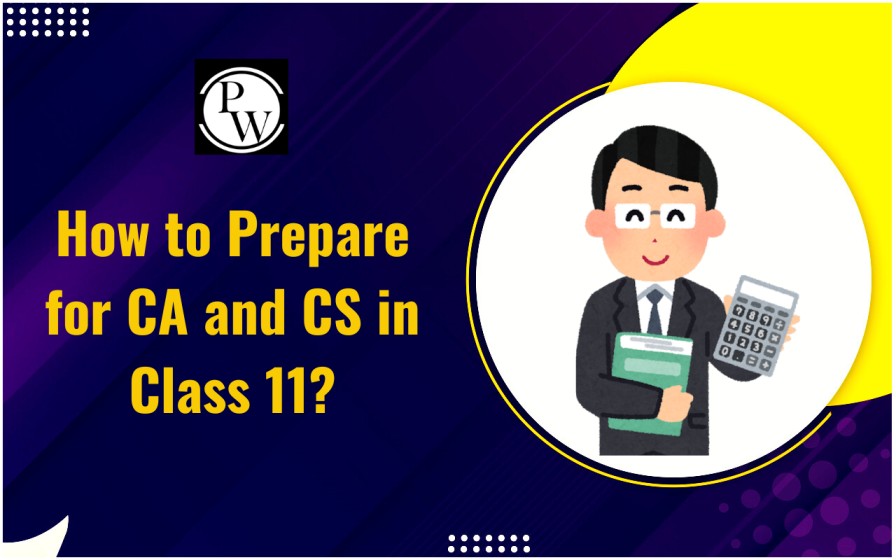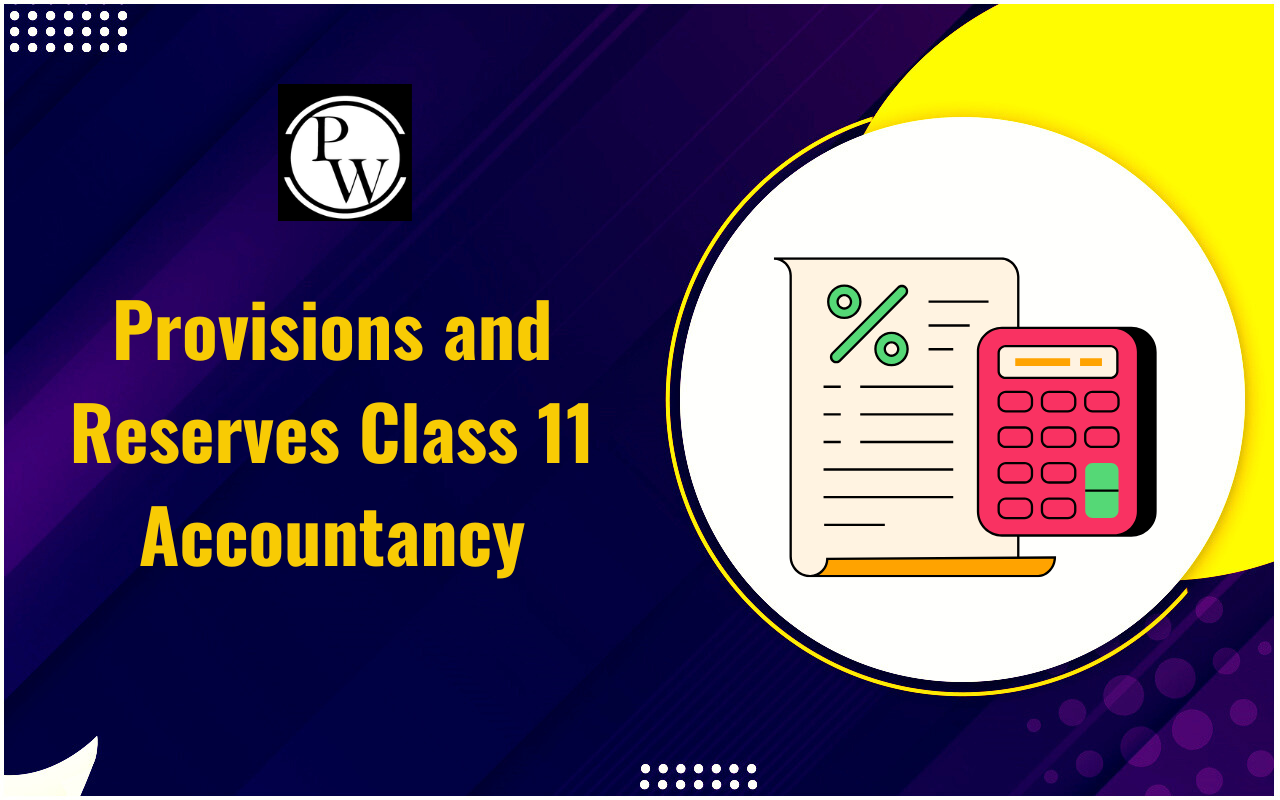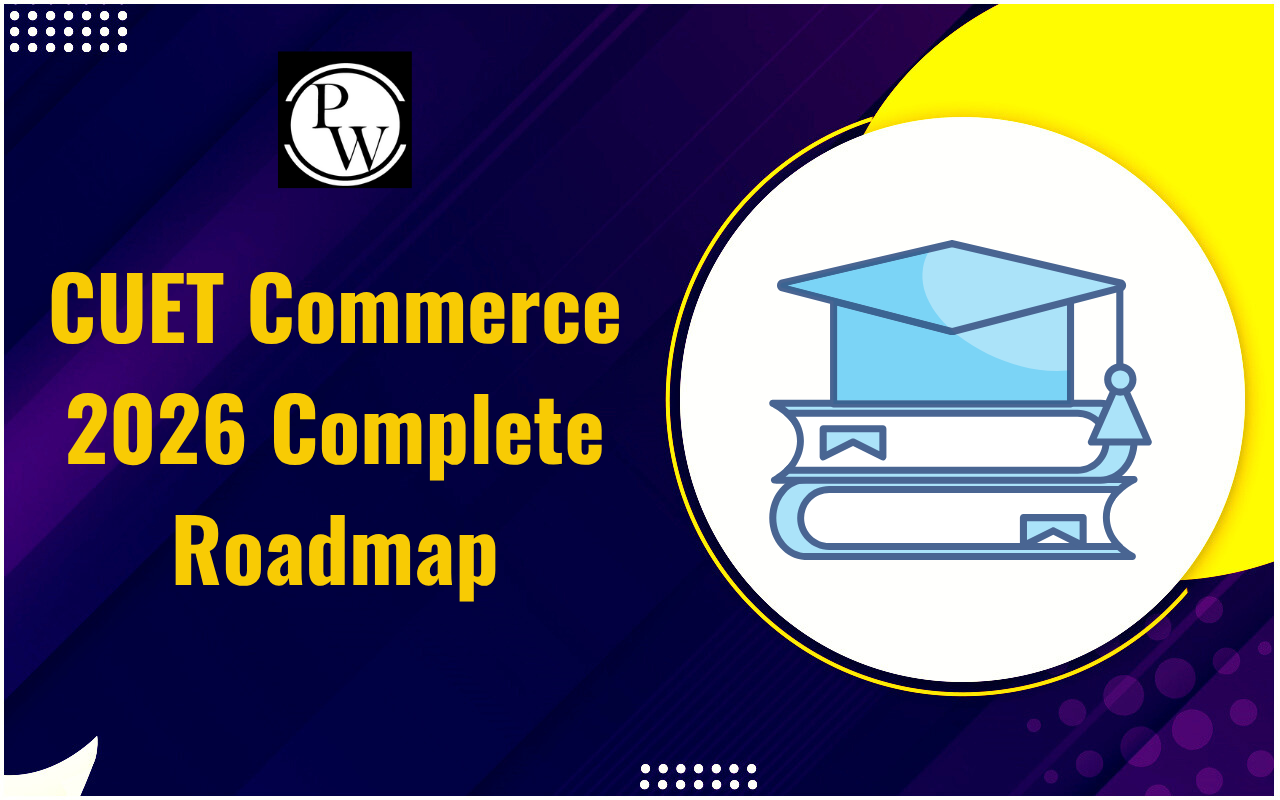

The education sector in India stands at a crossroads, poised between numerous challenges and abundant opportunities. India's education system is one of the largest in the world, with over 1.46 million schools and 230 million students in K-12 education. The country also has over 43,000 degree colleges and more than 1,100 universities. The education sector is growing rapidly, with the government working with private individuals to improve the quality of education.
Nevertheless, the Indian government and various stakeholders continue to prioritise education as a key driver of national development. Initiatives such as the Right to Education Act, Skill India Mission, and Digital India programme reflect the commitment towards enhancing educational outcomes and fostering a skilled workforce for the future.Benefits Of Education Sector In India
The education sector in India yields many benefits that extend far beyond individual students and institutions, contributing significantly to the nation's socio-economic development. Here are some of the key benefits:- Increased Enrolment : Enrolment rates have significantly risen, particularly at the primary level. The focus on free and compulsory education has borne fruit.
- Improved Infrastructure: Government initiatives and private investments have improved school infrastructure, including classrooms, libraries, and technology.
- Skilling Up : Recognition of the skill gap has led to a push for vocational training and job-oriented education alongside traditional academics.
- Flourishing EdTech : The rise of EdTech (Educational Technology) startups is bringing innovation and accessibility to education, particularly in remote areas.
Challenges Facing the Education Sector
There are several persistent challenges at the heart of India's Education Sector. For instance, inadequate infrastructure, such as a lack of classrooms and basic amenities, particularly in rural areas, hampers access to quality education. Disparities in educational attainment persist, with marginalised communities facing significant barriers to entry and retention in schools. Quality assurance remains a concern, as does the need for continuous teacher training and professional development. Additionally, the rapid pace of technological advancement presents opportunities and challenges in integrating digital learning tools effectively, such as the need for teachers to be trained to use these tools.- Inadequate infrastructure, especially in rural areas, leads to access to quality education due to a lack of classrooms and basic amenities.
- Marginalised communities encounter significant barriers to entry and retention in schools, leading to persistent disparities in educational attainment.
- Quality assurance in education remains a concern, highlighting the need for rigorous monitoring and evaluation mechanisms.
- Continuous teacher training and professional development are essential to enhance teaching quality and pedagogical approaches.
- The rapid pace of technological advancement offers opportunities for digital learning tools but also presents challenges in effectively integrating them into the education system.
- Teachers need adequate training to utilise digital tools effectively, ensuring they can leverage technology to enhance learning outcomes.
- Despite the rising numbers, the quality of education remains a concern. Issues like teacher training, student-teacher ratios, and standardised learning outcomes must be addressed.
- The quality of education often differs significantly between urban and rural areas. Rural schools often lack resources and qualified teachers.
- While girls' enrolment has improved, there's still a gap compared to boys. Socioeconomic factors and cultural biases continue to hinder girls' education.
- Access to quality higher education remains limited, especially in specialised fields. The high cost can be a barrier for many students.
| Also Read | |
| Fundamentals of Economics | Consumer Behavior and Marketing |
| Economic Reformers Of India | Entrepreneurship and Small Business Management |
Future of Education Sector In India
Looking ahead, the future of the education sector in India holds promise and opportunities for transformative change. As we navigate the complexities of the modern world, it is imperative to envision a future where education is inclusive, innovative, and empowering for all. Now, let's explore some key aspects that are expected to shape the future of education in India.- Focus on Quality : Teacher training, improved pedagogy, and setting clear learning goals are crucial to enhance the quality of education across the board.
- Bridging the Digital Divide : Equipping schools with technology and ensuring internet access in rural areas is vital for equitable education opportunities.
- Promoting Gender Equality : Targeted scholarships, awareness campaigns, and addressing social stigmas are essential to bridge the gender gap in education.
- Industry Collaboration : Collaboration between educational institutions and industries can help create more job-oriented curriculums and internship opportunities.
Government Expenditure in Education Sector In India
Concerted efforts are needed across multiple fronts to realise the full potential of India's education sector. Investment in infrastructure and resources, particularly in underserved regions, ensures equitable access to quality education. Strengthening teacher training programmes and promoting continuous professional development can enhance teaching quality and student outcomes. Embracing digital learning technologies requires robust digital infrastructure and strategies to ensure inclusivity and address the digital divide. Furthermore, fostering a culture of innovation and research in education can drive systemic change and empower learners to thrive in the knowledge economy of the future. Public-private partnerships are pivotal in leveraging resources and expertise to address the education sector's multifaceted challenges. In India, government expenditure in the education sector is represented in two primary ways:- Total Government Expenditure Percentage : This metric illustrates the significance of education within the government's overall budgetary allocation. From 1952 to 2014, the total government investment in education increased from 7.92 to 15.7 percent.
- Gross Domestic Product (GDP) Percentage : This measure indicates the proportion of the country's total income invested in education development. Over the same period, the GDP percentage allocated to education rose from 0.64 to 4.13 percent.
- Most total education expenditures are directed towards elementary education, with comparatively lesser investment in tertiary or higher education. However, despite lower overall allocation, per-student investment in higher education is higher than in elementary education.
- In 2009, the Indian Government enacted the Right of Children to Free and Compulsory Education Act, ensuring that education is both free and mandatory for all children aged 6-14 years, as a fundamental right.
- To support the education sector, India imposes a 2 percent education cess on all Union charges, with the revenues earmarked for primary school education expenses.
- Additionally, there is a considerable allocation of funds to promote higher education, along with the introduction of new loan schemes to facilitate students pursuing higher education.
Education Sector In India FAQs
What is the education sector in India?
The education sector in India is paramount to the nation's economy. Several articles of the Indian Constitution and the Right to Free and Compulsory Education Act, 2009, ensure the fundamental right of children to receive free and compulsory education.
What is the education position in India?
According to the 2020 survey, India ranks 33rd in education. Although it is concerning that India is not among the top 10, there has been progressive growth in the education sector. In 2018, it ranked 40th; in 2019, it improved to 35th.
How much of India's GDP does the education sector represent?
Currently, the education sector represents only a small percentage of India's GDP. However, there is potential for India to increase its budgetary allocation to education to 6 percent of its GDP, allowing for greater investment in education initiatives and infrastructure.
Talk to a counsellorHave doubts? Our support team will be happy to assist you!

Check out these Related Articles
Free Learning Resources
PW Books
Notes (Class 10-12)
PW Study Materials
Notes (Class 6-9)
Ncert Solutions
Govt Exams
Class 6th to 12th Online Courses
Govt Job Exams Courses
UPSC Coaching
Defence Exam Coaching
Gate Exam Coaching
Other Exams
Know about Physics Wallah
Physics Wallah is an Indian edtech platform that provides accessible & comprehensive learning experiences to students from Class 6th to postgraduate level. We also provide extensive NCERT solutions, sample paper, NEET, JEE Mains, BITSAT previous year papers & more such resources to students. Physics Wallah also caters to over 3.5 million registered students and over 78 lakh+ Youtube subscribers with 4.8 rating on its app.
We Stand Out because
We provide students with intensive courses with India’s qualified & experienced faculties & mentors. PW strives to make the learning experience comprehensive and accessible for students of all sections of society. We believe in empowering every single student who couldn't dream of a good career in engineering and medical field earlier.
Our Key Focus Areas
Physics Wallah's main focus is to make the learning experience as economical as possible for all students. With our affordable courses like Lakshya, Udaan and Arjuna and many others, we have been able to provide a platform for lakhs of aspirants. From providing Chemistry, Maths, Physics formula to giving e-books of eminent authors like RD Sharma, RS Aggarwal and Lakhmir Singh, PW focuses on every single student's need for preparation.
What Makes Us Different
Physics Wallah strives to develop a comprehensive pedagogical structure for students, where they get a state-of-the-art learning experience with study material and resources. Apart from catering students preparing for JEE Mains and NEET, PW also provides study material for each state board like Uttar Pradesh, Bihar, and others
Copyright © 2025 Physicswallah Limited All rights reserved.
Get App











